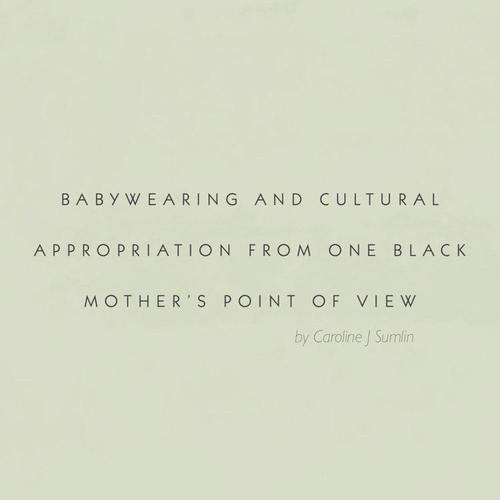The Story of the Traditional Meh Dai
Is Meh Dai really Chinese?
We are not quite sure when did we start to wear our babies. Researching artifacts or written records on babywearing in Chinese history proves futile because historical records on women and babies are nearly non-existent. It’s likely that day-to-day matters like childcare weren’t considered important enough to be recorded, or babywearing is a normalized part of daily life that no one thought about recording. However, we are convinced that babywearing has played an essential role in Chinese history for a very long time. For two reasons - the name and the design.
1. The name:
The word Meh Dai in Chinese consists of two characters - 孭帶
The Chinese language is a pictograph-based language, where each character represents a picture or an idea. Let’s look at each of the words and see what the “pictures” are trying to tell us.
The word Meh 孭 literally means “carry on your back”
This character 孭 is of particular interest. It consists of two pictographs: 子 + 貝.
子 can be translated as “child” while 貝 is associated with another character 背 which means “back”. As you can see, the word Meh 孭 in Meh Dai literally illustrate a child on someone’s back! However, the use of this word is not restricted to babywearing only; this can also describe anything that involves carrying on your back, e.g. hiking bags. But by looking at the etymology of the word 孭, we can see a child is considered the default item to be carried on one’s back.
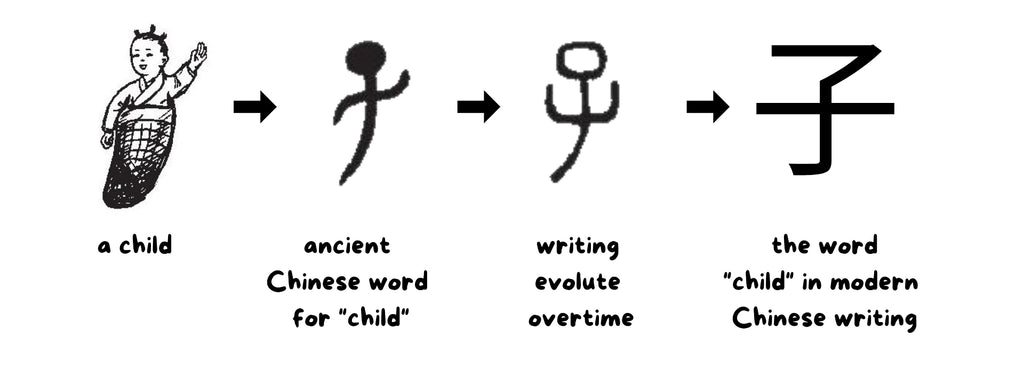
The word 帶 means straps. As you can see from the evolution of this word below, it makes perfect sense.

Fun fact: The word Meh Dai literally means “straps to carry (something on the back)”, it means we actually call all baby carries in the world Meh Dai, including wraps, ring slings, SSC, whatever! They are all Meh Dai to us.
2. The design:
- the use of squares
- the use of straps.
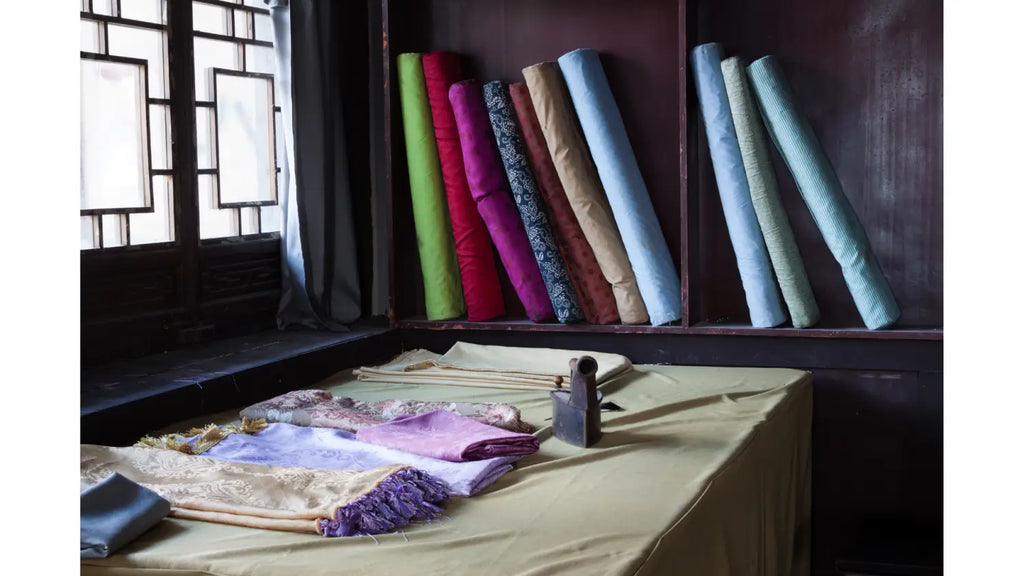
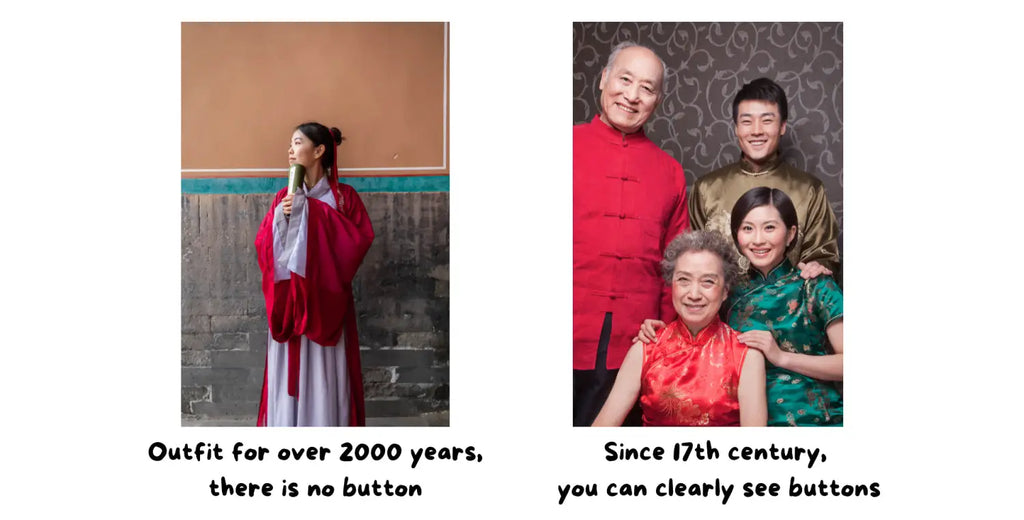
The technique
Unlike the modern days' Meh Dai, traditional Meh Dai has shorter straps and gathers all four straps into the center of the user’s chest to tie. Traditionally, we are not supposed to tie a knot as this will make adjustment difficult during the day. Instead, we use the “twist and tub” technique as illustrated in this picture.
Since four straps gather inside the middle, traditional Meh Dai also has a nickname - 四爪孭帶 “Four claws Meh Dai”. This is different than the modern days’ Meh Dai where there is a “belt” tied in the waist area and then two straps going down the shoulders.
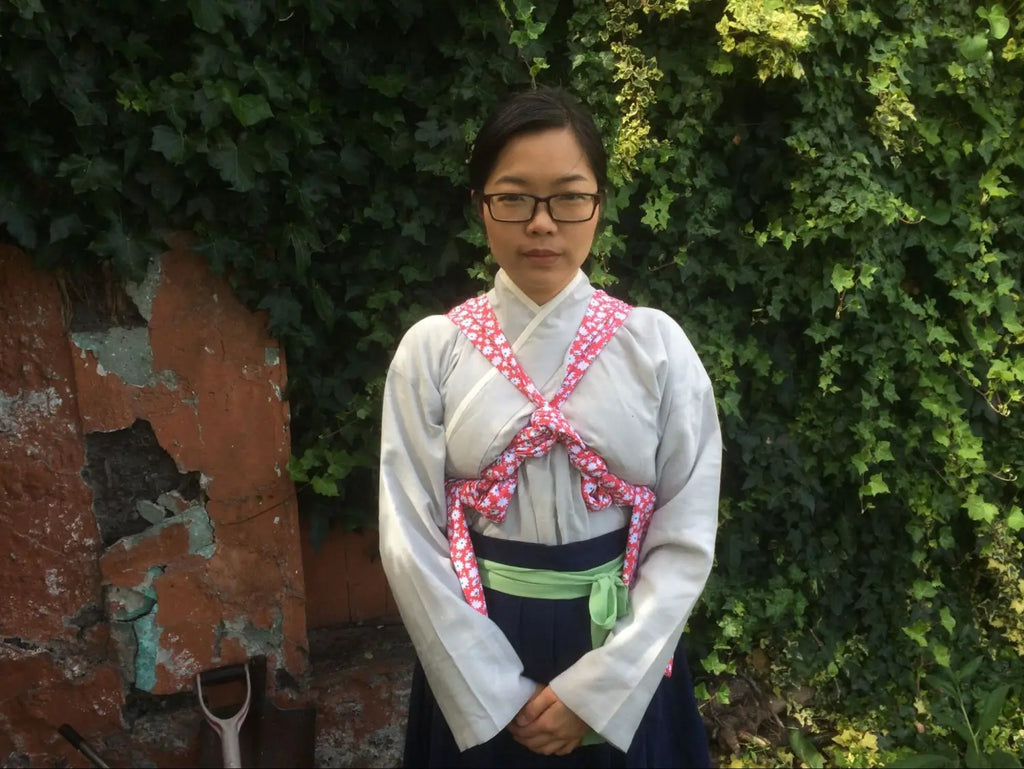
The tradition
Traditional Meh Dais are often purchased or passed down from maternal grandmother. Traditional Meh Dai is usually decorated with words of blessing in the hope of a bright future for the new addition to the family. The most iconic designs involve the five Chinese characters: 幸福兒童 (fortunate child) on four corners of the square and the word 囍 (double happiness) in the center. A child carried on someone’s back is a very fortunate child indeed.
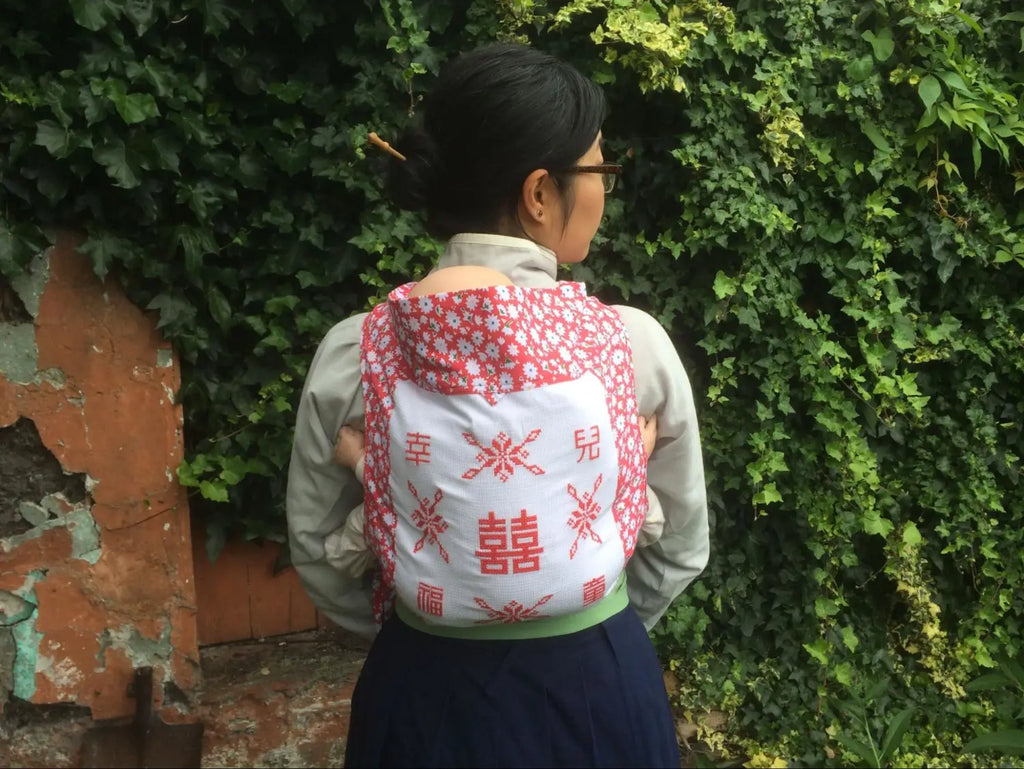
The history:
As mentioned earlier, we cannot find artifacts illustrating the early use of Meh Dai. However, there is rich evidence of the important role of babywearing in the post-second world war era where countries around the world were trying to rebuild their lives. Being a Hong Kong person, I am going to focus the discussion on the situation of post-war Hong Kong.
During the post-war period, babywearing has become a crucial survival tool. By putting the child on their back, adults were able to work while performing childcare at the same time. Multitasking became the only way to survive. Notice I said putting “the child” on your back instead of “your child” because often it might not even be the user’s own child. Communal childcare was common to make it work for everyone.
 Sometimes the users might not even be adults, it was very common for older siblings to be involved with the childcare of younger siblings.
Sometimes the users might not even be adults, it was very common for older siblings to be involved with the childcare of younger siblings.
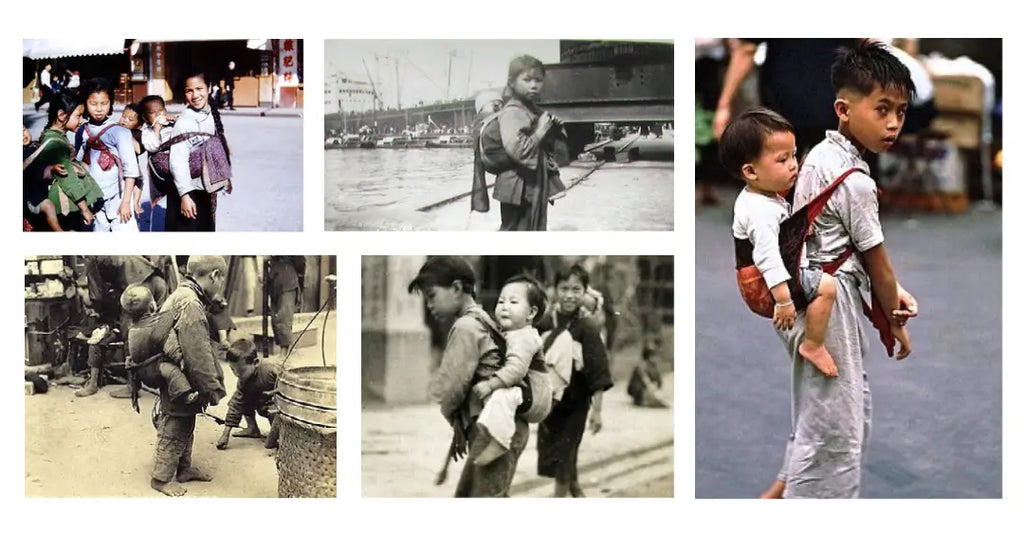
Babywearing also performs a very important health and safety task, keep the child off the floor! The floors in those times were often dirty and full of hazards.
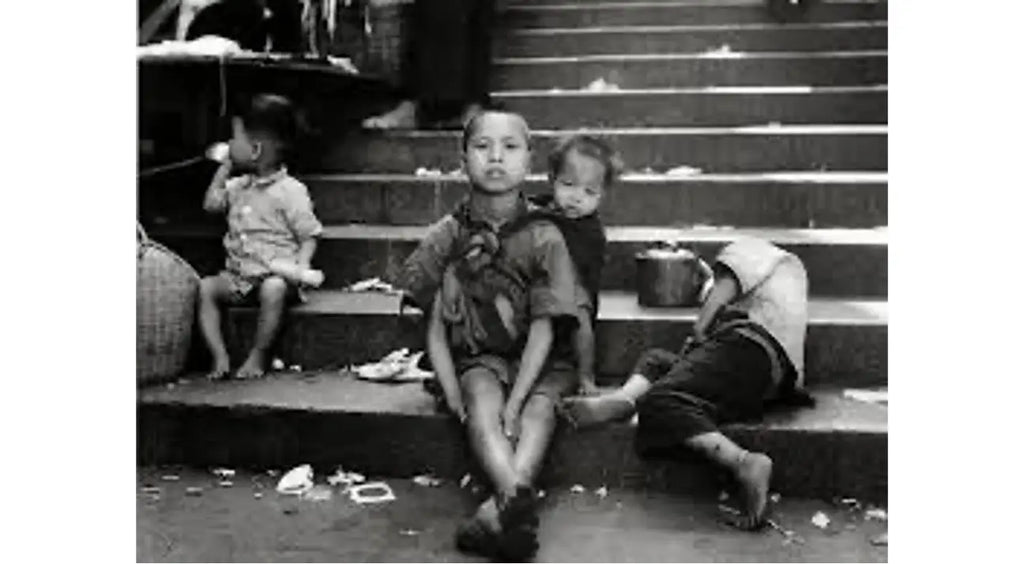
As you can imagine, Mah Dai has touched our lives profoundly throughout our history. It has occupied a very special place in our hearts. The iconic design has even evolved to be featured on fashion items so that we can bring the warm fuzzy feeling of being carried as a child into our day-to-day life.
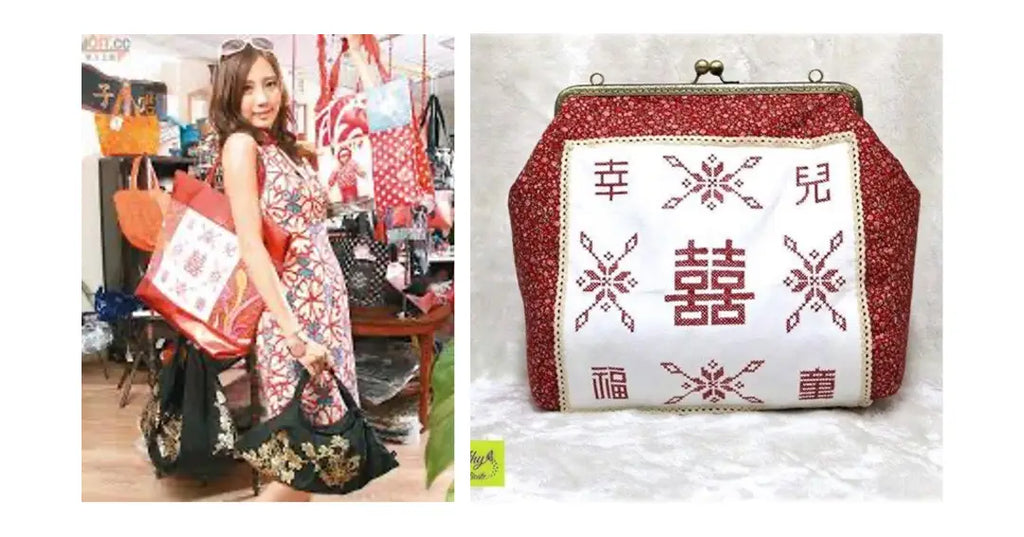
The tradition continues in different Chinese diaspora communities around the world. These photos below are not taken thousands of miles away from Asia. These are grandparents carrying their grandchildren in San Francisco, carrying their grandchildren, the same way as they themselves were carried by their own grandparents many many years ago…
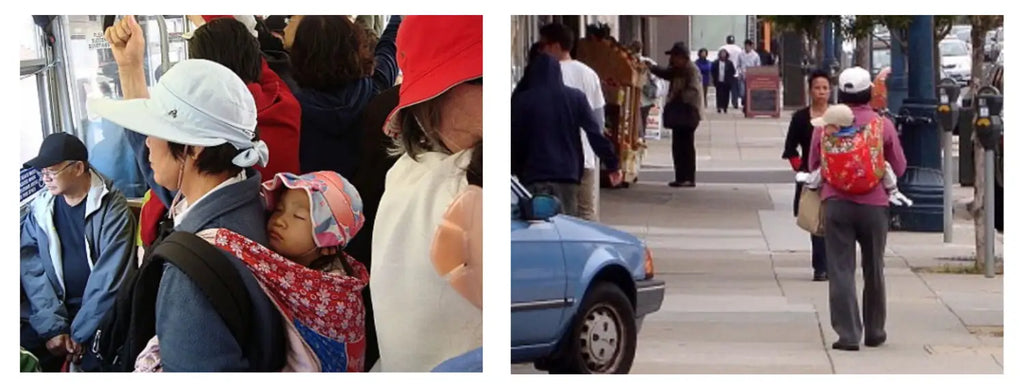
As a babywearing consultant, history enthusiast and educator, I am so pleased to see parents worldwide now share the happiness of carrying one’s child, using carriers based on the traditional Chinese design. An ancient parenting tool tried and tested by my parents, their parents and many generations of parents before them.
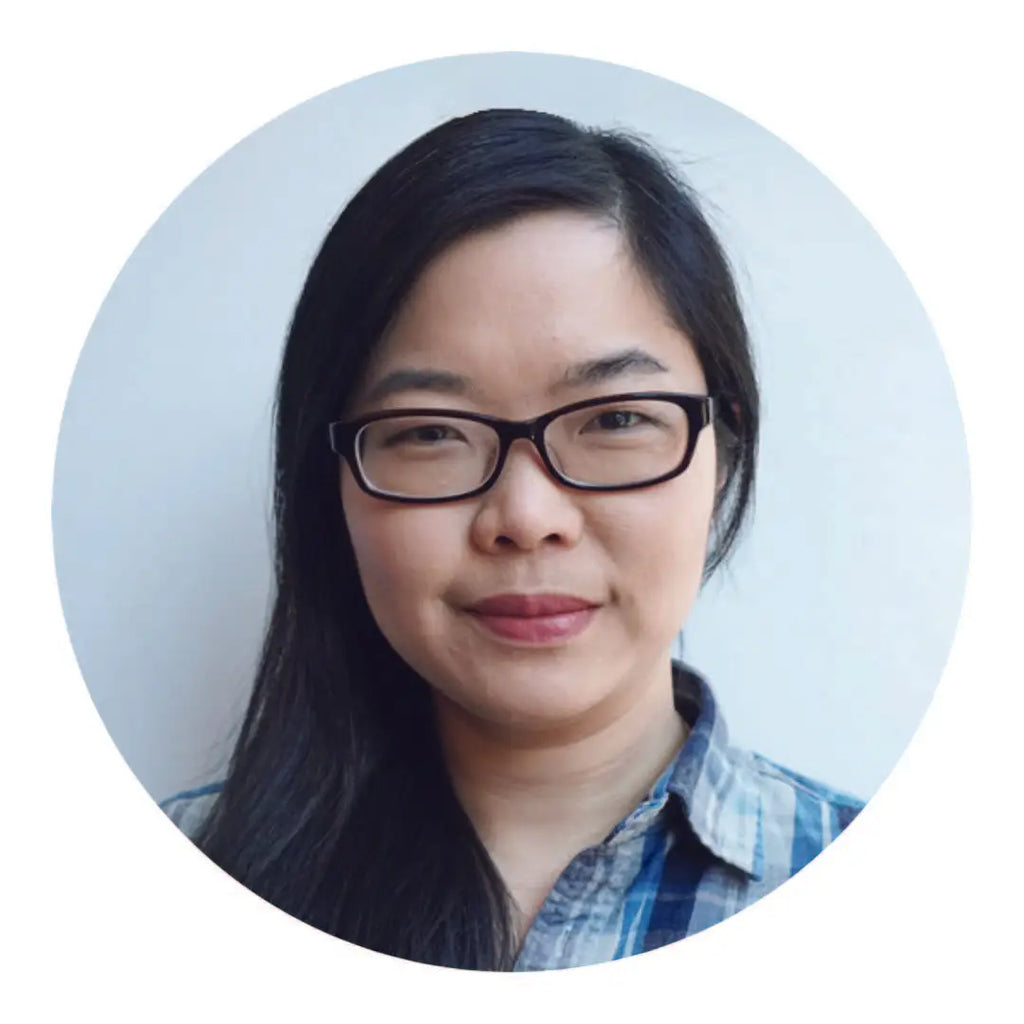
Alice Chau-Ginguene, CD(DONA), PCD(DONA), BA, PGCert
Certified Birth and Postpartum Doula
Certified Babywearing Consultant
www.littlepeanuts.ie

